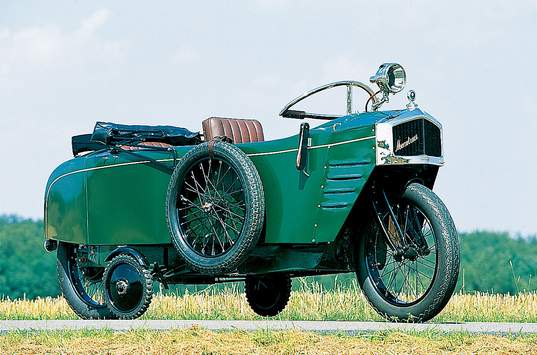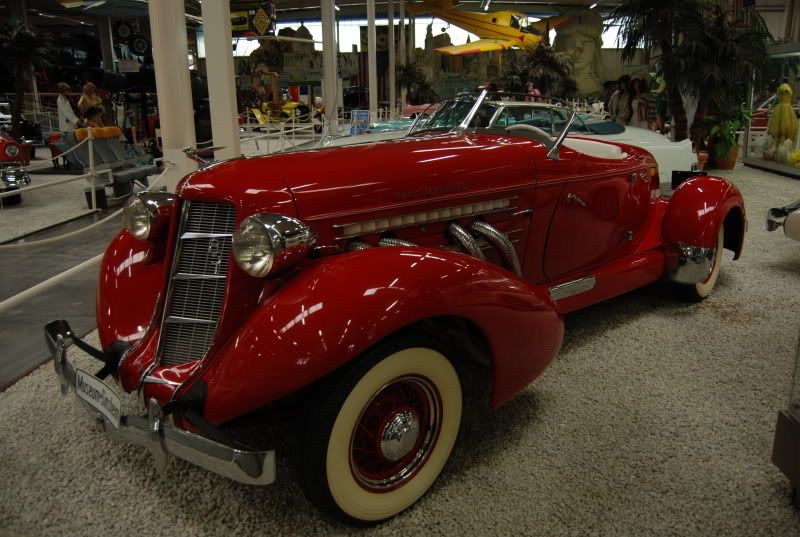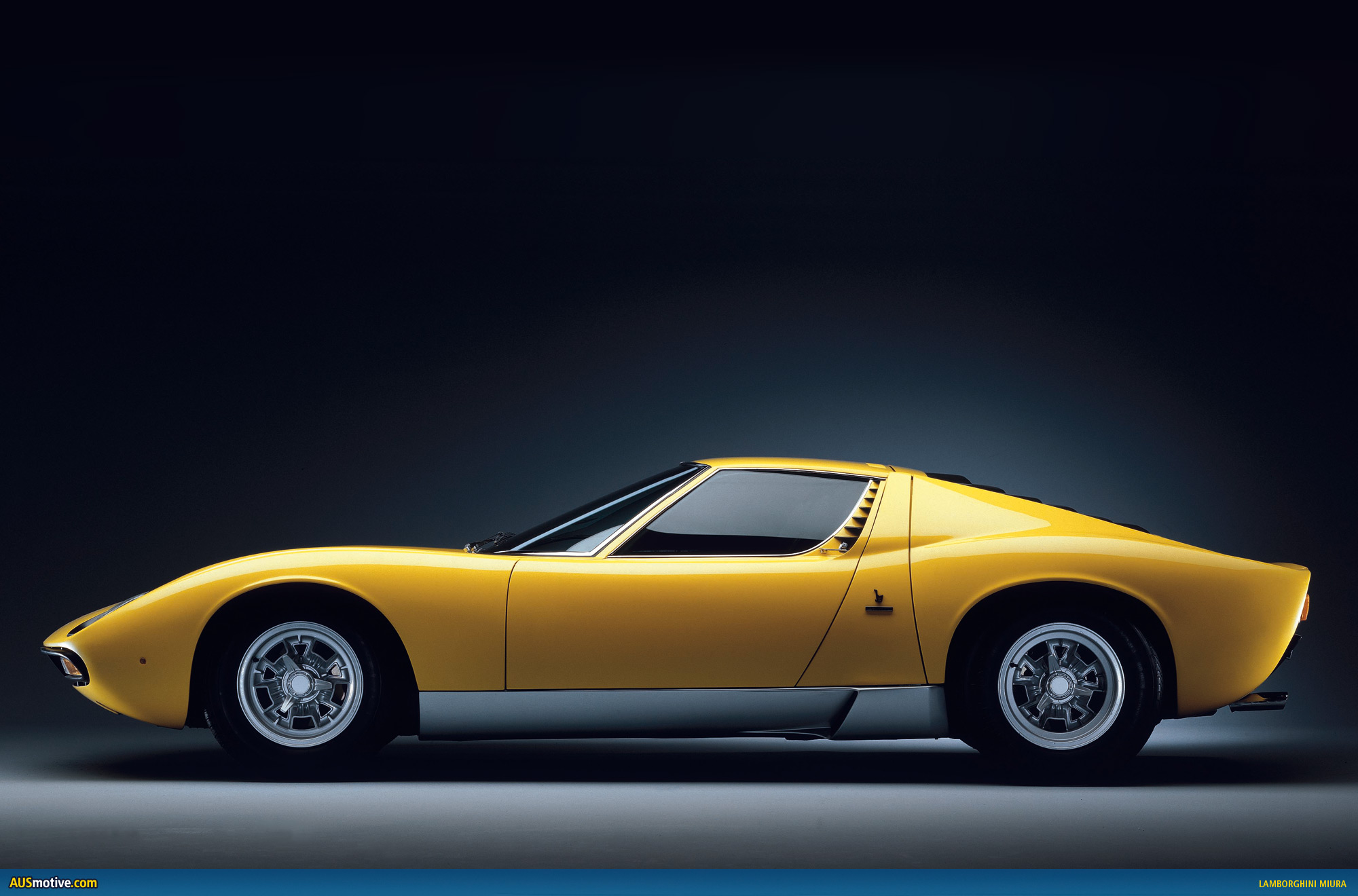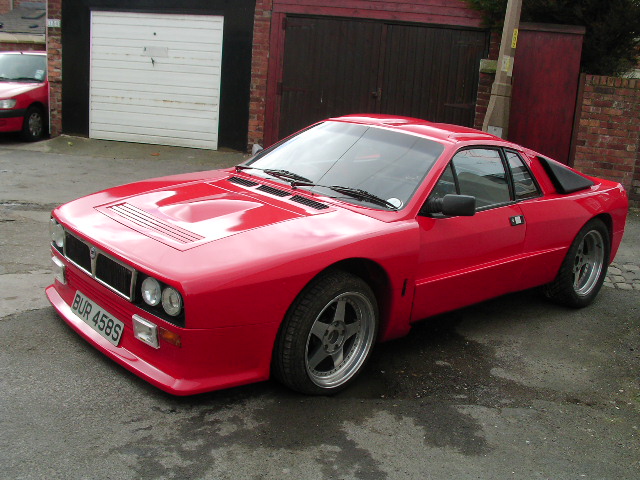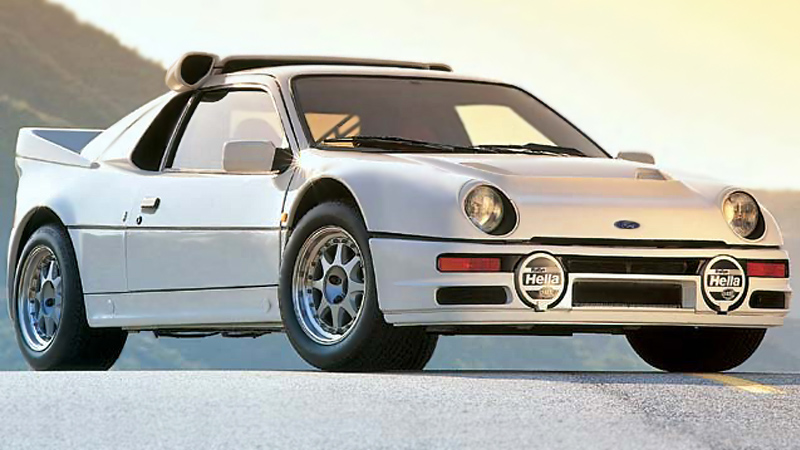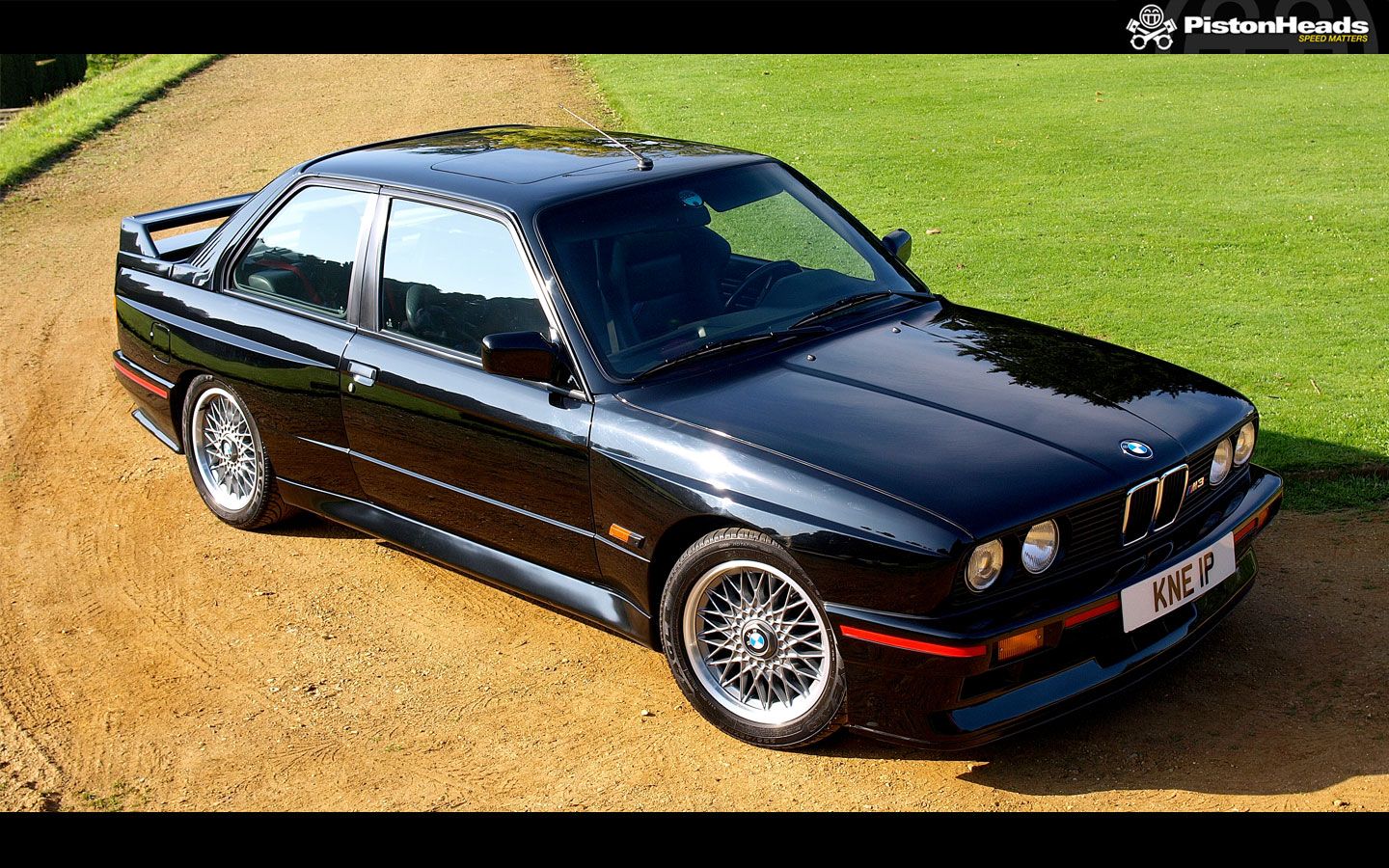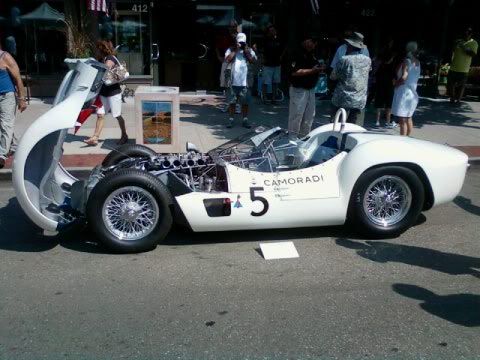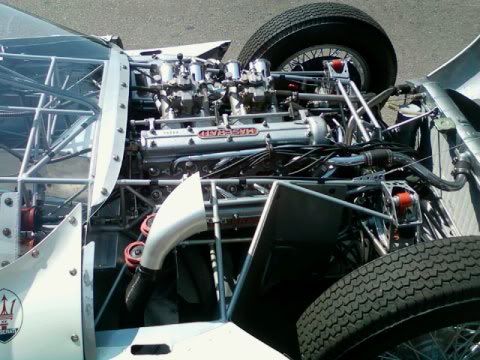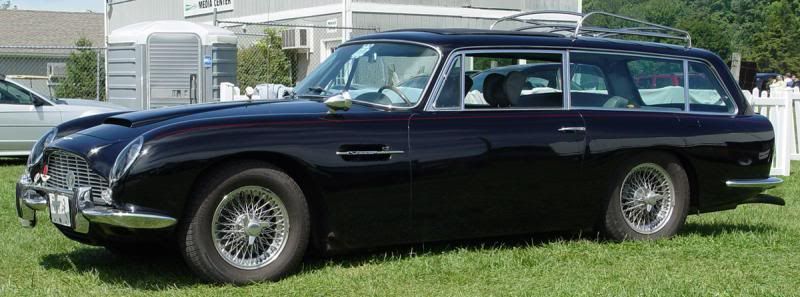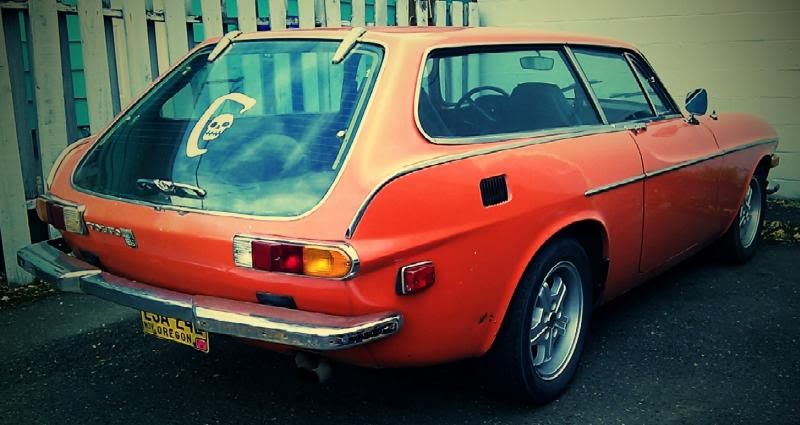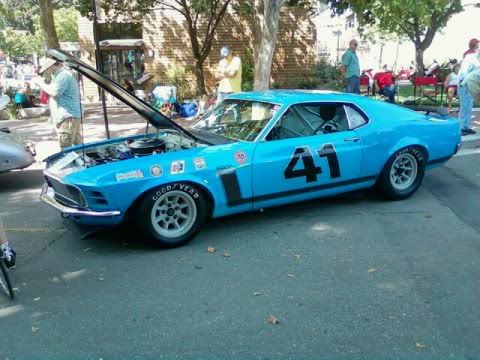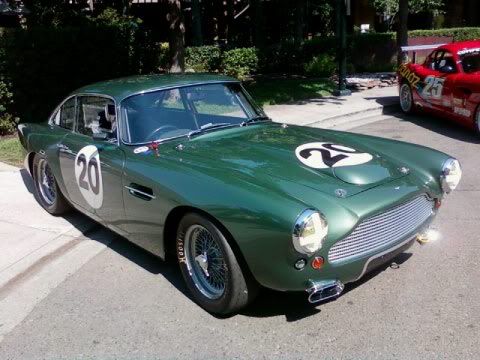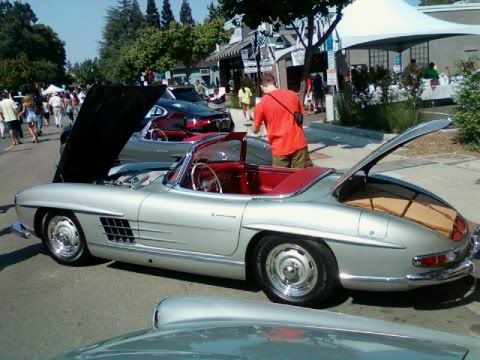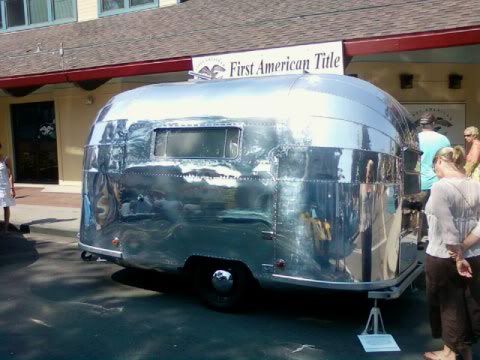xtian wrote:DerGolgo wrote:
A bit unfair. Alfas of old are just the definition of pretty, aren't they.
more like the definition of "Rust". They probably sold just enough of these to have the right to register it in tourism competition, hence the name "stradale".
Funny story, actually. That is pretty much what happened - only exactly the other way around.
I couldn't entirely recall the story, but since I'm a bit of a hoarded when it comes to the printed word, I didn't throw away the July 2001 issue of Oldtimer Markt in which this car's story was covered. Even managed to find it in under a minute. Don't hate me, I'm German, I can't help it... but I remembered bits of this car's tale even now, 12 years after reading it, and I love it so much, I'll recount some of it.
Alfa designed the Tipo 33 for racing, I don't know which series, but it competed in all sorts of 24 hours at Le Mans, Daytona, the 1000 km Nürburgring and the Targa Florio and whatnot. They hadn't designed a new racer since the fifties, so had to start from scratch. They didn't build it themselves, but outsourced that to Autodelta, who, apparently, did a good job of it, really, and later built all the Stradales, also.
A good job because they managed to score third place in the final rankings - with a 2 liter engine, while everyone else had a 3 liter mill. Something about the rules being changed at a bad moment, and Alfa/Autodelta not being able to keep up.
But even with an engine enlarged to 2.5, it didn't win
enough. They needed to get the full 3 liters going. Problem is, those race cars, they are designed so close to the edge, everything is so bespoke, they needed a whole new engine for that, and since the whole car had been built around the first engine, a whole new frame to fit it in, too.
Rumor has had it that the Stradale was thus made from leftover engines and frames from the Tipo, it was presented to the public around the time that work on the three liter version began. Can't be entirely right, the engines were slightly different and the frame was made from steel, while the Tipo's frame was alloy. Also, the wheelbase was extended a few inches, so that Alfa's pretty tall CEO could fit in it. But apart from all that, it was a pretty accurate adaptation of an existing and not entirely unsuccessful racing car for the road.
And, truly, it
was a racing car, not a road vehicle. 250 hp from 2 liters, conventionally aspirated, at around 10.000 rpm. In a 1400 lbs. running show in 1968. Did the kilometer (5/8 mile) from a standstil in 24 seconds, faster than any of it's more renowned Italian competitors.
It had dual ignition and, appropriately, 16 individual ignition coils for the 16 sparkplugs. But the Lucas fuel injection had no idle or startup capabilities, it was very British. Or Italian, take your pick, but it only ever delivered the one mix ratio.
With no choke, the only way to start her up was for the driver to precisely and carefully operate the throttle pedal. Being a very high revving engine, with very wide, flat combustion chambers, even the dual ignition couldn't make it work with anything but seriously advanced ignition timing and a very rich mixture. Mess up that all-manual startup procedure, and you had to unplug and unscrew 16 sparkplugs, clean the black gunk off of each one, and put the lot back together again. It would flood
instantly. If you tried to operate it in the rain, with it's slightly unusual weight distribution and handling, you should better make your will and kiss your loved ones goodbye first. So, it had race car performance, but also a race car temperament and need for tlc.
Also, it had race car comfort. No heating or air con, not even enough room for unconditioned ventilation. All the window that could be opened was that tiny little slit at the side. With those enormous pieces of glass and plexiglas all over, a sunny day turned it into an instant oven. The seats were so low, even if you were so tall you were only
just able to fit inside, you still wouldn't be able to see much past those wheel-housing bumps at the front. As befits an Italian sportscar, you couldn't see
anything out the back.
If it had been a homologation project, in all likelihood, Alfa would have sold it for a "reasonable" price. Not cheap, but so cheap enough that they could actually sell a few, I think having sold a few is the big requirement for homologation. When the average car there cost about $ 2800, it retailed in the states for $ 17k. In Italy, where you could get a Lamborghini Miuria for 7.7 million lira, it's price tag was over two million higher. With the exception of the Mohs Ostentatienne Opera Sedan, which at least had oriental rugs, a fridge and a chandelier and cost somewhere between $ 19k and 24k, it was the most expensive "production" car of it's time.
Some reckon they made about 25, but seven of these were concept cars and otherwise entirely different vehicles just using the same chassis and engine. Which would leave 18, however, in 2001, 18 was the number of Stradales confirmed to be still around. Which is an unlikely 100% survival rate.
So while, by all accounts, it's hell to drive, it's got the looks
and the back-story
and good helpings of personality.



